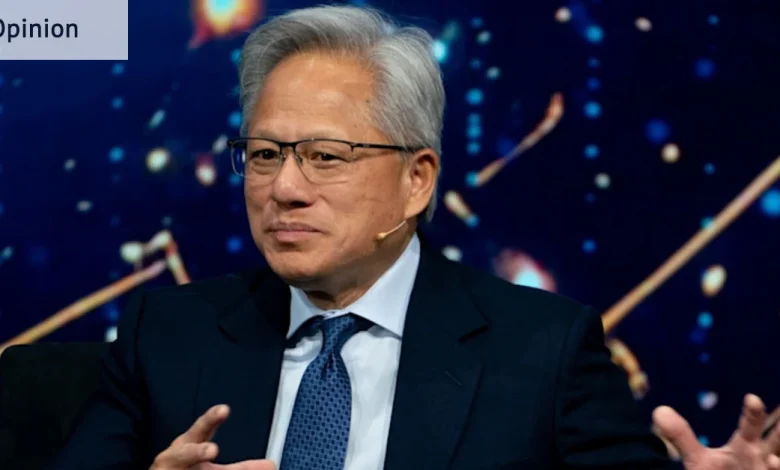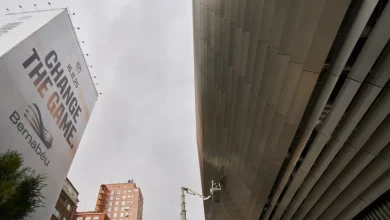What AI bubble? Nvidia hits it out of the park

That said, even Nvidia’s year-on-year profit growth of 65 per cent (which is up 245 per cent from the year before that) won’t be able to kill off the “AI bubble” bellowing.
Its spectacular earnings, revenue and forecasts should put paid to those that are likening the AI frenzy to the dot.com boom of 2000, when supercharged tech companies didn’t make profits.
If Nvidia is the bellwether of the industry, its performance should have a calming effect.
But don’t expect the critics to remain quiet for long. Indeed, the new spur in Nvidia’s share price will invite some to suggest the valuation bubble has just grown even bigger.
That’s no surprise, as the AI revolution has polarised investors.
There is a school of fund managers who invest looking for “value” and don’t pour money into highly priced growth stocks. Their funds have felt the pain of underperformance since this super AI cycle began a few years back. Thus, they have a vested interest in yelling out “bubble” in an attempt to frighten those stocks into retreat.
There is another cohort of investors who have ridden the AI wave, outperformed their “value” peers and have a vested interest in talking up the technology.
Concerns that the hundreds of billions of dollars that hyperscalers such as Microsoft and Alphabet – Nvidia’s big customers – are spending will be getting ahead of the actual demand for AI are understandable given that it’s new and in the early stages of rollout in businesses and the broader community.
But the sensible view lies somewhere in between.
Loading
Huang has mounted a convincing argument that in the near term, there is plenty of demand for the chips produced by his company, which account for 90 per cent of chips used in AI projects.
Sharemarkets are priced by company fundamentals and a big lick of investor sentiment.
Nvidia’s monster result was positive for both.
We need to wait and see if that positive wave is sustainable for the remainder of the year.





